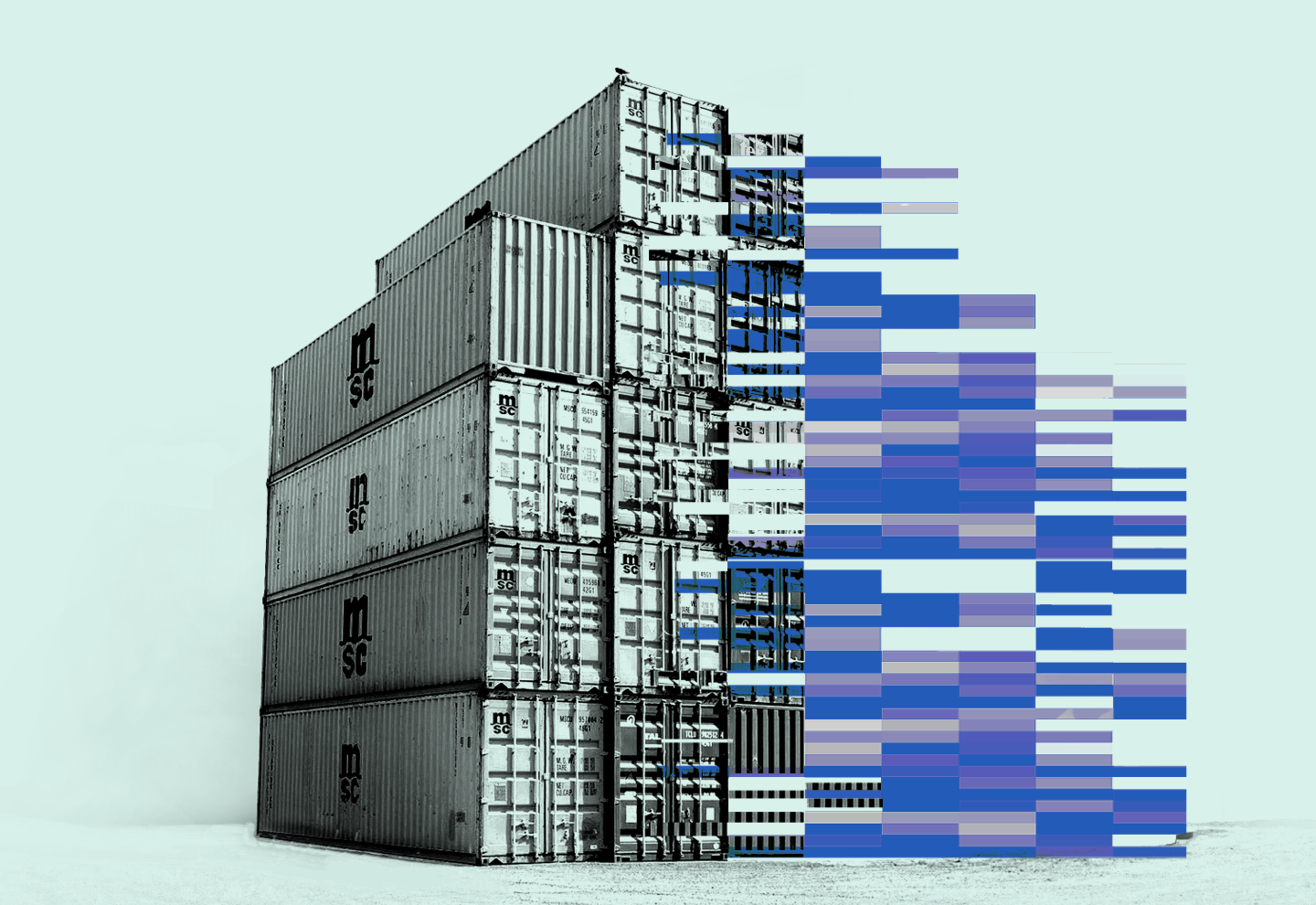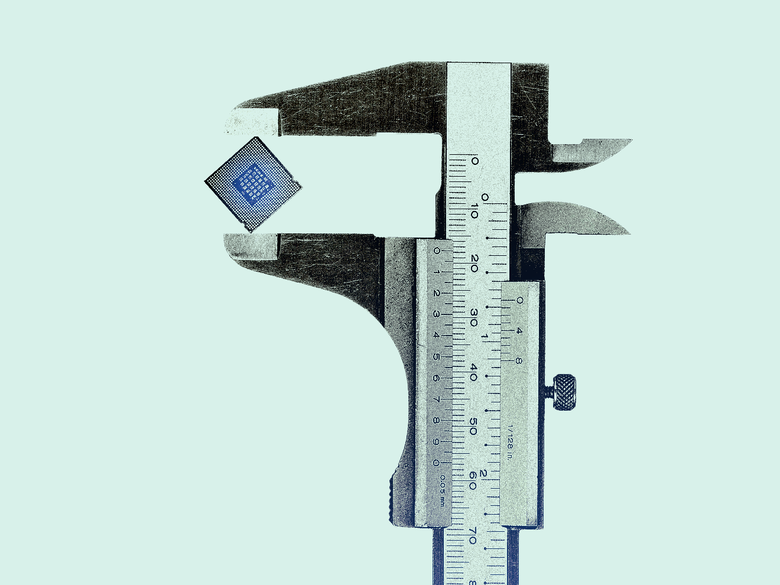Episode Description
In episode 16, hosts Vass and Paul talk to Marc Levinson — economist, historian and author of The Box: How the Shipping Container Made the World Smaller and the World Economy Bigger, published in 2016, and the follow-up, Outside the Box: How Globalization Changed from Moving Stuff to Spreading Ideas (both Princeton University Press).
Marc brings to life a topic freighted with importance but often out of mind: how an innovation involving the shipping container, 200 years in the making, transformed economic geography and the transport of cargo around the globe. The three discuss, as well, the current challenges in figuring out the value of international trade that is unpackaged and, so far, not well accounted for — exchange in services, ideas and intangibles, of increasing significance in the global economy.
Mentioned:
- The giant container ship Ever Given: “In pictures: Container ship blocking the Suez Canal finally on the move” (BBC, March 29, 2021)
- “Gambler” Malcolm McLean, featured in the PBS series They Made America: www.pbs.org/wgbh/theymadeamerica/whomade/mclean_hi.html
- The BBC’s “The Box” project: http://news.bbc.co.uk/2/hi/in_depth/business/2008/the_box/default.stm
Further Reading:
- Marc Levinson’s bio: www.marclevinson.net/?page_id=10
- Marc Levinson’s website: www.marclevinson.net/
- Marc Levinson, The Box: How the Shipping Container Made the World Smaller and the World Economy Bigger, 2nd edition (Princeton University Press, 2016)
- Marc Levinson, Outside the Box: How Globalization Changed from Moving Stuff to Spreading Ideas (Princeton University Press, 2020)
Credits:
Policy Prompt is produced by Vass Bednar and Paul Samson. Our technical producers are Tim Lewis and Melanie DeBonte. Fact-checking and background research provided by Reanne Cayenne. Marketing by Kahlan Thomson. Brand design by Abhilasha Dewan and creative direction by Som Tsoi.
Original music by Joshua Snethlage.
Sound mix and mastering by François Goudreault.
Special thanks to creative consultant Ken Ogasawara.
Be sure to follow us on social media.
- X: @_policyprompt
- IG: @_policyprompt
Listen to new episodes of Policy Prompt biweekly on major podcast platforms. Questions, comments or suggestions? Reach out to CIGI’s Policy Prompt team at [email protected].





